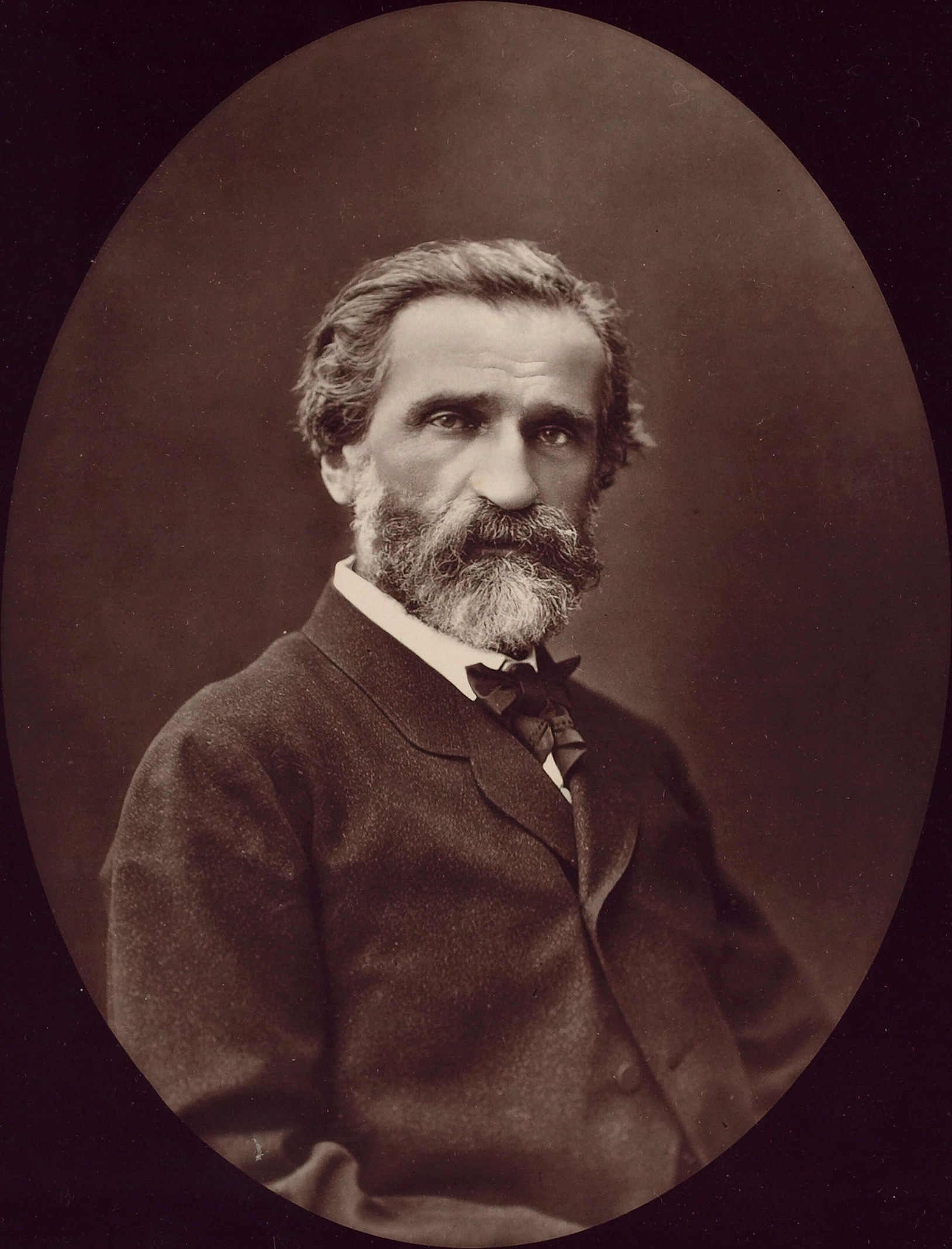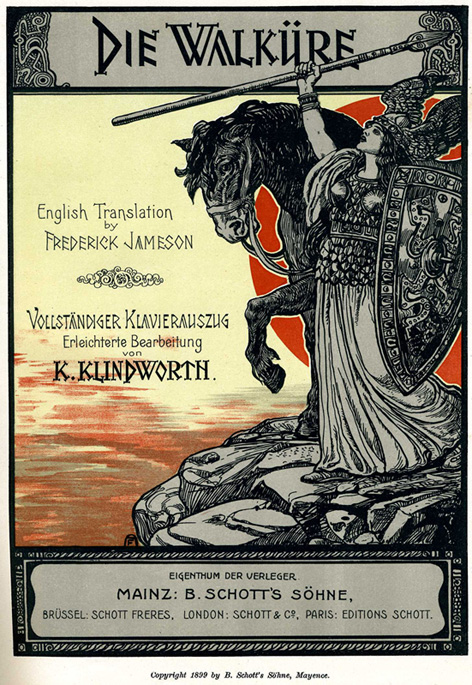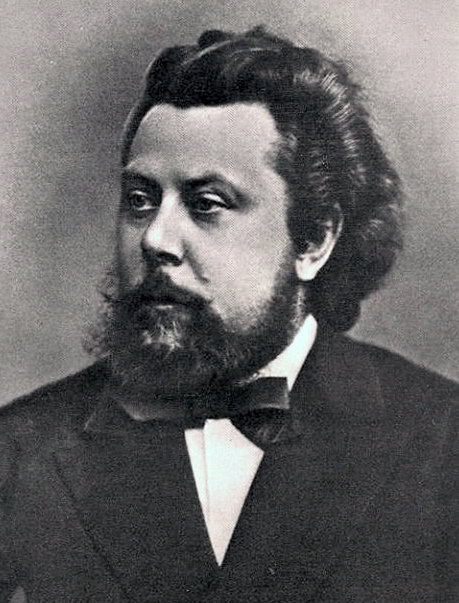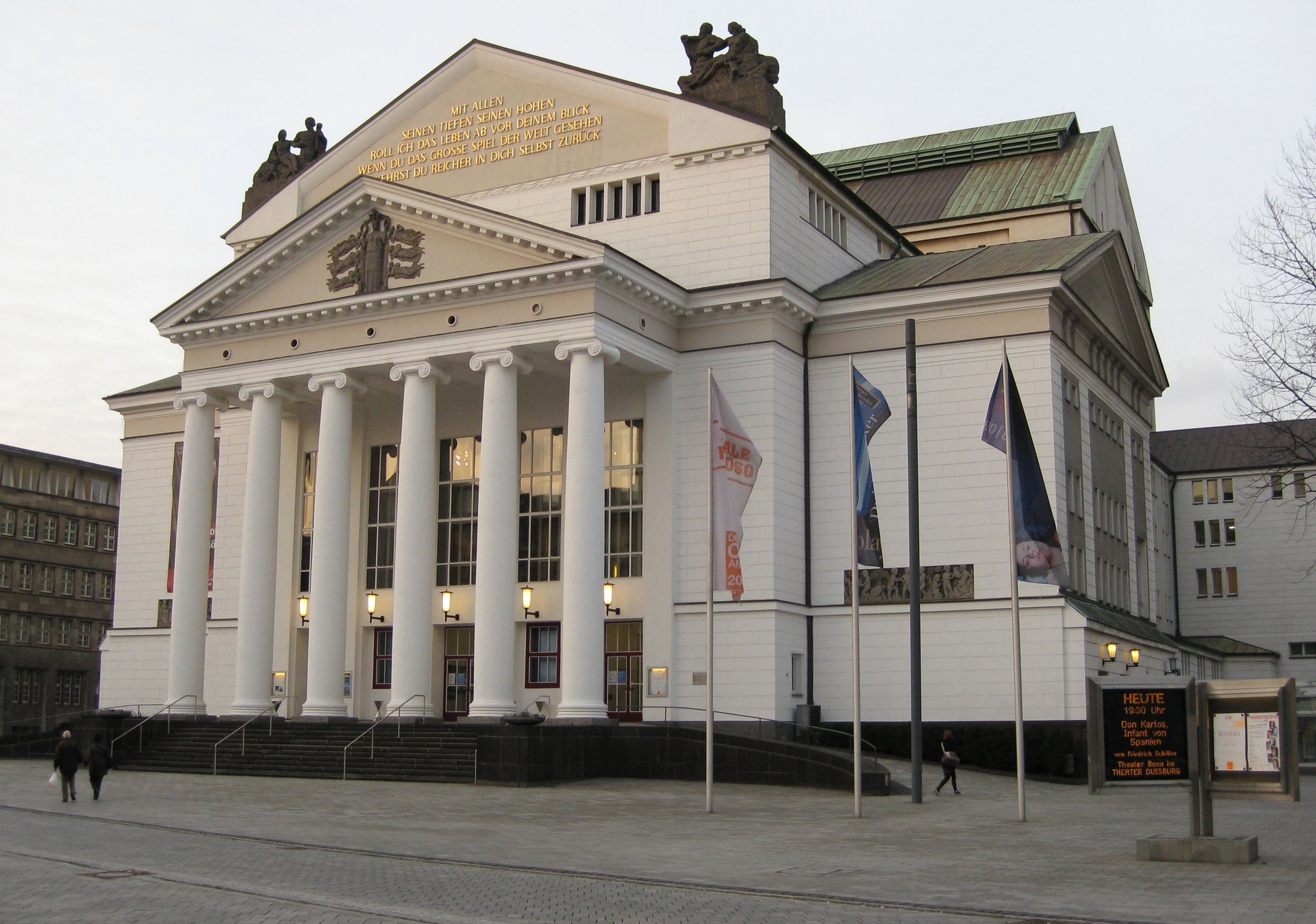|
Karl Ridderbusch
Karl Ridderbusch (29 May 1932 – 21 June 1997) was a German operatic bass, associated in particular with the music of Wagner. He was recognised as a notable exponent of the role of Hans Sachs. Barry Millington "Meistersinger von Nürnberg, Die", Laura Macy (ed.) ''The New Grove Dictionary of Opera'', Accessed online 9 November 2009 Background and early career Karl Ridderbusch was born in Recklinghausen, Germany, and was discovered at an amateur music competition by the tenor Rudolf Schock who helped pay for the younger singer's training.Obituary: Karl Ridderbusch ''The Independent'' Tuesday 8 July 1997, accessed 7 November 2009. After studying at the conservatoire in Duisburg and the Folkwang Hochschule in Essen,Aryeh OroKarl Ridderbusch (bass) Bach Cantatas Website, May 2001, accessed 9 November 2009 he made his debut at the State Theatre in Münster in 1961. Roles he sang there included the Commendatore and Phillip II. Ridderbusch's next post was in Essen where he added major ... [...More Info...] [...Related Items...] OR: [Wikipedia] [Google] [Baidu] |
Bass (vocal Range)
A bass is a type of classical male singing voice and has the lowest vocal range of all voice types. According to '' The New Grove Dictionary of Opera'', a bass is typically classified as having a vocal range extending from around the second E below middle C to the E above middle C (i.e., E2–E4).; ''The Oxford Dictionary of Music'' gives E2–E4/F4 Its tessitura, or comfortable range, is normally defined by the outermost lines of the bass clef. Categories of bass voices vary according to national style and classification system. Italians favour subdividing basses into the ''basso cantante'' (singing bass), ''basso buffo'' ("funny" bass), or the dramatic ''basso profondo'' (low bass). The American system identifies the bass-baritone, comic bass, lyric bass, and dramatic bass. The German '' Fach'' system offers further distinctions: Spielbass (Bassbuffo), Schwerer Spielbass (Schwerer Bassbuffo), Charakterbass (Bassbariton), and Seriöser Bass. These classification system ... [...More Info...] [...Related Items...] OR: [Wikipedia] [Google] [Baidu] |
Don Carlos
''Don Carlos'' is a five-act grand opera composed by Giuseppe Verdi to a French-language libretto by Joseph Méry and Camille du Locle, based on the dramatic play '' Don Carlos, Infant von Spanien'' (''Don Carlos, Infante of Spain'') by Friedrich Schiller. In addition, several incidents, of which the Forest of Fontainebleau scene and '' auto-da-fé'' were the most substantial, were borrowed from Eugène Cormon's 1846 play ''Philippe II, Roi d'Espagne''. The opera is most often performed in Italian translation, usually under the title ''Don Carlo''. The opera's story is based on conflicts in the life of Carlos, Prince of Asturias (1545–1568). Though he was betrothed to Elisabeth of Valois, part of the peace treaty ending the Italian War of 1551–59 between the Houses of Habsburg and Valois demanded that she be married instead to his father Philip II of Spain. It was commissioned and produced by the Théâtre Impérial de l'Opéra (Paris Opera) and given its premiere a ... [...More Info...] [...Related Items...] OR: [Wikipedia] [Google] [Baidu] |
Vienna State Opera
The Vienna State Opera (, ) is an opera house and opera company based in Vienna, Austria. The 1,709-seat Renaissance Revival venue was the first major building on the Vienna Ring Road. It was built from 1861 to 1869 following plans by August Sicard von Sicardsburg and Eduard van der Nüll, and designs by Josef Hlávka. The opera house was inaugurated as the "Vienna Court Opera" (''Wiener Hofoper'') in the presence of Emperor Franz Joseph I and Empress Elisabeth of Austria. It became known by its current name after the establishment of the First Austrian Republic in 1921. The Vienna State Opera is the successor of the old Vienna Court Opera (built in 1636 inside the Hofburg). The new site was chosen and the construction paid by Emperor Franz Joseph in 1861. The members of the Vienna Philharmonic are recruited from the Vienna State Opera's orchestra. The building is also the home of the Vienna State Ballet, and it hosts the annual Vienna Opera Ball during the carnival ... [...More Info...] [...Related Items...] OR: [Wikipedia] [Google] [Baidu] |
Metropolitan Opera
The Metropolitan Opera (commonly known as the Met) is an American opera company based in New York City, resident at the Metropolitan Opera House at Lincoln Center, currently situated on the Upper West Side of Manhattan. The company is operated by the non-profit Metropolitan Opera Association, with Peter Gelb as general manager. As of 2018, the company's current music director is Yannick Nézet-Séguin. The Met was founded in 1883 as an alternative to the previously established Academy of Music opera house, and debuted the same year in a new building on 39th and Broadway (now known as the "Old Met"). It moved to the new Lincoln Center location in 1966. The Metropolitan Opera is the largest classical music organization in North America. Until 2019, it presented about 27 different operas each year from late September through May. The operas are presented in a rotating repertory schedule, with up to seven performances of four different works staged each week. Performances ... [...More Info...] [...Related Items...] OR: [Wikipedia] [Google] [Baidu] |
La Scala
La Scala (, , ; abbreviation in Italian of the official name ) is a famous opera house in Milan, Italy. The theatre was inaugurated on 3 August 1778 and was originally known as the ' (New Royal-Ducal Theatre alla Scala). The premiere performance was Antonio Salieri's ''Europa riconosciuta''. Most of Italy's greatest operatic artists, and many of the finest singers from around the world, have appeared at La Scala. The theatre is regarded as one of the leading opera and ballet theatres globally. It is home to the La Scala Theatre Chorus, La Scala Theatre Ballet, La Scala Theatre Orchestra, and the Filarmonica della Scala orchestra. The theatre also has an associate school, known as the La Scala Theatre Academy ( it, Accademia Teatro alla Scala, links=no), which offers professional training in music, dance, stagecraft, and stage management. Overview La Scala's season opens on 7 December, Saint Ambrose's Day, the feast day of Milan's patron saint. All performances must end be ... [...More Info...] [...Related Items...] OR: [Wikipedia] [Google] [Baidu] |
Fidelio
''Fidelio'' (; ), originally titled ' (''Leonore, or The Triumph of Marital Love''), Op. 72, is Ludwig van Beethoven's only opera. The German libretto was originally prepared by Joseph Sonnleithner from the French of Jean-Nicolas Bouilly, with the work premiering at Vienna's Theater an der Wien on 20 November 1805. The following year, Stephan von Breuning helped shorten the work from three acts to two. After further work on the libretto by Georg Friedrich Treitschke, a final version was performed at the Kärntnertortheater on 23 May 1814. By convention, both of the first two versions are referred to as ''Leonore''. The libretto, with some spoken dialogue, tells how Leonore, disguised as a prison guard named "Fidelio", rescues her husband Florestan from death in a political prison. Bouilly's scenario fits Beethoven's aesthetic and political outlook: a story of personal sacrifice, heroism, and eventual triumph. With its underlying struggle for liberty and justice mirrori ... [...More Info...] [...Related Items...] OR: [Wikipedia] [Google] [Baidu] |
Bass-baritone
A bass-baritone is a high-lying bass or low-lying "classical" baritone voice type which shares certain qualities with the true baritone voice. The term arose in the late 19th century to describe the particular type of voice required to sing three Wagnerian roles: the title role in '' Der fliegende Holländer'', Wotan/Der Wanderer in the '' Ring Cycle'' and Hans Sachs in ''Die Meistersinger von Nürnberg''. Wagner labelled these roles as ''Hoher Bass'' ("high bass")—see fach for more details. The bass-baritone voice is distinguished by two attributes. First, it must be capable of singing comfortably in a baritonal tessitura. Secondly, however, it needs to have the ripely resonant lower range typically associated with the bass voice. For example, the role of Wotan in '' Die Walküre'' covers the range from F2 (the F at the bottom of the bass clef) to F4 (the F above middle C), but only infrequently descends beyond C3 (the C below middle C). Bass-baritones are typically divi ... [...More Info...] [...Related Items...] OR: [Wikipedia] [Google] [Baidu] |
Die Walküre
(; ''The Valkyrie''), WWV 86B, is the second of the four music dramas that constitute Richard Wagner's '' Der Ring des Nibelungen'' (English: ''The Ring of the Nibelung''). It was performed, as a single opera, at the National Theatre Munich on 26 June 1870, and received its first performance as part of the ''Ring'' cycle at the Bayreuth Festspielhaus on 14 August 1876. As the ''Ring'' cycle was conceived by Wagner in reverse order of performance, ''Die Walküre'' was the third of the four texts to be written, although Wagner composed the music in performance sequence. The text was completed by July 1852, and the music by March 1856. Wagner largely followed the principles related to the form of musical drama, which he had set out in his 1851 essay '' Opera and Drama'' under which the music would interpret the text emotionally, reflecting the feelings and moods behind the work, using a system of recurring leitmotifs to represent people, ideas, and situations rather than the co ... [...More Info...] [...Related Items...] OR: [Wikipedia] [Google] [Baidu] |
Boris Godunov (opera)
''Boris Godunov'' ( rus, Борис Годунов, links=no, Borís Godunóv ) is an opera by Modest Mussorgsky (1839–1881). The work was composed between 1868 and 1873 in Saint Petersburg, Russia. It is Mussorgsky's only completed opera and is considered his masterpiece. Its subjects are the Russian ruler Boris Godunov, who reigned as Tsar (1598 to 1605) during the Time of Troubles, and his nemesis, the False Dmitriy (reigned 1605 to 1606). The Russian-language libretto was written by the composer, and is based on the 1825 drama ''Boris Godunov'' by Aleksandr Pushkin, and, in the Revised Version of 1872, on Nikolay Karamzin's ''History of the Russian State''. Among major operas, ''Boris Godunov'' shares with Giuseppe Verdi's '' Don Carlos'' (1867) the distinction of having an extremely complex creative history, as well as a great wealth of alternative material. The composer created two versions—the Original Version of 1869, which was rejected for production by the Imper ... [...More Info...] [...Related Items...] OR: [Wikipedia] [Google] [Baidu] |
Rigoletto
''Rigoletto'' is an opera in three acts by Giuseppe Verdi. The Italian libretto was written by Francesco Maria Piave based on the 1832 play ''Le roi s'amuse'' by Victor Hugo. Despite serious initial problems with the Austrian censors who had control over northern Italian theatres at the time, the opera had a triumphant premiere at La Fenice in Venice on 11 March 1851. The work, Verdi's sixteenth in the genre, is widely considered to be the first of the operatic masterpieces of Verdi's middle-to-late career. Its tragic story revolves around the licentious Duke of Mantua, his hunch-backed court jester Rigoletto, and Rigoletto's daughter Gilda. The opera's original title, ''La maledizione'' (The Curse), refers to a curse placed on both the Duke and Rigoletto by a courtier whose daughter the Duke has seduced with Rigoletto's encouragement. The curse comes to fruition when Gilda falls in love with the Duke and sacrifices her life to save him from the assassin hired by her father. Comp ... [...More Info...] [...Related Items...] OR: [Wikipedia] [Google] [Baidu] |
Anna Bolena
''Anna Bolena'' is a tragic opera (''tragedia lirica'') in two acts composed by Gaetano Donizetti. Felice Romani wrote the Italian libretto after Ippolito Pindemonte's ''Enrico VIII ossia Anna Bolena'' and Alessandro Pepoli's ''Anna Bolena'', both recounting the life of Anne Boleyn, the second wife of England's King Henry VIII. It is one of four operas by Donizetti dealing with the Tudor period in English history—in composition order, '' Il castello di Kenilworth'' (1829), ''Anna Bolena'' (1830), ''Maria Stuarda'' (named for Mary, Queen of Scots, it appeared in different forms in 1834 and 1835), and '' Roberto Devereux'' (1837, named for a putative lover of Queen Elizabeth I of England). The leading female characters of the latter three operas are often referred to as "the Three Donizetti Queens." ''Anna Bolena'' premiered on 26 December 1830 at the Teatro Carcano in Milan, to "overwhelming success." Weinstock notes that only after this success did Donizetti's teacher, ... [...More Info...] [...Related Items...] OR: [Wikipedia] [Google] [Baidu] |
Deutsche Oper Am Rhein
The Deutsche Oper am Rhein (German Opera on the Rhine) is an opera company based in Düsseldorf and Duisburg. The opera also has an associated classical ballet company. Axel Kober has been its Music Director since 2009. The resident orchestra, the Düsseldorfer Symphoniker, play both opera and symphonic repertoire. After the 1875 construction of what became the Düsseldorf ''Opernhaus'', a strong connection between the two cities’ opera houses existed from 1887 to 1920, and was not re-established until 1955 with the creation of the Deutsche Oper am Rhein. The company performs in the Opernhaus Düsseldorf, built in 1875. It was partially destroyed during World War II, and reconstructed to officially re-open in 1956. Theater Duisburg, built in 1912, was destroyed, and rebuilt in 1950. For the 25th anniversary of the house, Alexander Goehr was commissioned to compose an opera. He wrote ''Behold the Sun'' with a libretto by John McGrath about the anabaptists in Münster. The ... [...More Info...] [...Related Items...] OR: [Wikipedia] [Google] [Baidu] |








